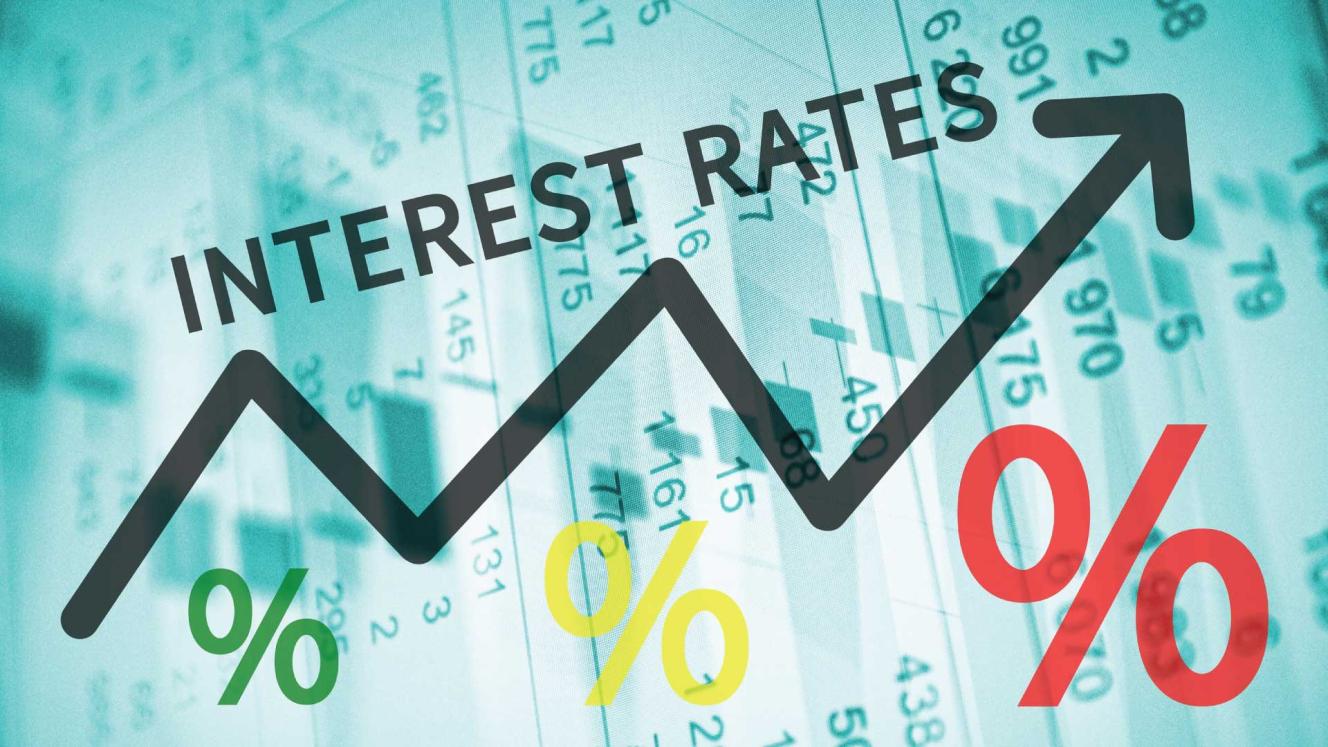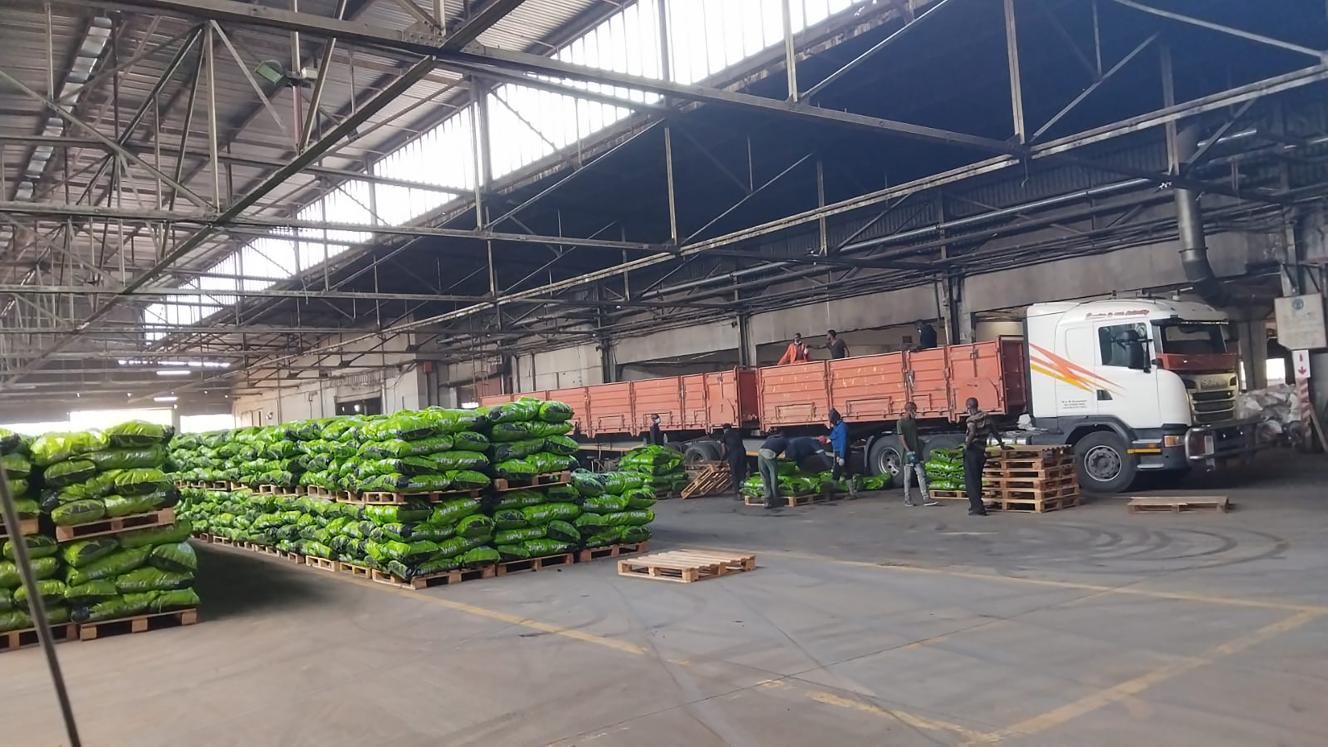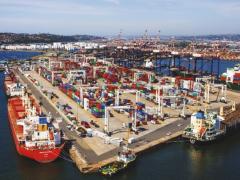Consumers will have to fork out more for debt repayments after the SA Reserve Bank’s Monetary Pricing Committee continued on its interest rate hike trajectory on Thursday.
It raised interest rates by 0.25% in line with the projection of economists that consumers could expect an interest increase of up to 0.5% following a string of steep rate hikes in recent months.
Reserve Bank governor Lesetja Kganyago said during his announcement at a press briefing that high inflation and weak economic growth continued to shape global conditions.
“Russia’s war in Ukraine drags on and recession risks remain elevated in the Euro area, even though energy constraints have eased. Growth prospects for the United States this year are lower. The growth outlook for China has improved, but is likely to remain modest by historical standards,” Kganyago said.
Higher-than-expected headline inflation and rising core inflation led major central banks to accelerate the normalisation of policy rates last year.
“With advanced economy interest rates likely to increase in the near term, we expect financial asset prices globally to remain volatile,” he said.
The IMF’s October 2022 Global Financial Stability Report shows that eight low-income countries out of 69 are in debt distress and 30 are at high risk of distress.
“Taking these and other factors into account, the SARB’s forecast for global growth in 2023 is revised slightly lower to 1.6%, from 1.9%. We expect better growth in 2024 at 2.6%, from 2.4%,” Kganyago said.
“While the South African economy grew by a relatively strong 1.6% in the third quarter of 2022, the expansion was not broad-based. We forecast no growth in the fourth quarter. For the whole of last year, GDP growth of 2.5% is expected (up from 1.8%). For 2023, and as a result of extensive load-shedding and other logistical constraints, the bank now forecasts GDP growth of only 0.3%.”
Investment was still positive, but was revised down due to weaker confidence and lower expected growth, he added. With declining commodity prices, exports are also forecast to be less robust. The forecast incorporates an assumption of increased load-shedding in each year compared to what was pencilled in at the time of the November meeting.
He said that while economic growth had been volatile for some time, prospects for growth appeared even more uncertain than normal.
“A material reduction in load-shedding would significantly raise growth. There could also be higher investment in alternative energy sources as firms and households offset the impact of load-shedding. Upside risks to global growth could also arise from reduced geopolitical tensions, a stronger recovery in China, and consequential increases in commodity export prices.”
In recent months, while better global growth prospects have increased appetite for riskier assets, the rand has been less buoyant than other currencies. The implied starting point for the rand forecast was R16.92 to the US dollar in the first quarter of 2023, compared with R17.68 at the time of the previous meeting.
“Globally, economic growth has slowed and prices decreased for some goods and transport services. Our estimate for inflation is unchanged at 7.3% in 2022 and slightly lower to 4.0% in 2023 (from 4.1%). The forecast for 2024 is lower at 1.8% (from 2.1%),” Kganyago said.
Despite some easing of global producer price and food inflation, global price levels remain elevated and Russia’s war in Ukraine continues. The oil market is expected to remain tight, particularly as China’s economy rebounds. Electricity price inflation has shifted significantly higher this year and next and other administered prices continue to present clear medium-term risks. Domestic food price inflation continues to surprise higher and may again. Load-shedding may have broader price effects on the cost of doing business and the cost of living.
“Against this backdrop, the MPC decided to increase the repurchase rate by 25 basis points to 7.25% per year, with effect from the 27th of January 2023.
“Economic and financial conditions are expected to remain more volatile for the foreseeable future. In this uncertain environment, monetary policy decisions will continue to be data dependent and sensitive to the balance of risks to the outlook. The MPC will seek to look through temporary price shocks and focus on potential second-round effects and the risks of de-anchoring inflation expectations,” he said.













